 |
Lighting manufacturer Cactus has officially launched its RQ250 bare bulb wireless TTL flash unit on the Kickstarter crowd funding website. Plans for the flash were originally announced at the beginning of the year, and now the company says it will be ready for delivery in October.
The head offers a maximum output of 250Ws and a recycle time of 1.1 seconds at full power
The RQ250 is ‘barely larger than a speedlight’ according to the manufacturer but offers the flexibility of a studio head. It can be controlled wirelessly via the Cactus V6 II radio transceiver system and allows TTL metering across the six main camera brands. Those who prefer manual control can adjust it in 0.1EV steps from full power down to 1/512th power, while the 4-cell lithium ion rechargeable battery provides 520 full-power bursts per charge. The head offers a maximum output of 250Ws and a recycle time of 1.1 seconds at full power. An integrated fan is designed to maintain a decent temperature in the head during intensive shoots, and the aluminum reflector helps by dissipating heat away from the body.
 |
 |
A range of modifiers will be available that connect to the head with via a twist lock bayonet system. The bayonet-mount reflector has a magnetic rim which allows further modifiers to be switched very quickly. The range that can be used will include softboxes, umbrellas and a reflector, as well as a set of magnetic gel holders, a snoot, a diffuser dome and barn doors. Initially it was said that the head would have a Bowens S-Mount bayonet, but it seems Cactus has changed this to its own mount but will offer an optional Bowens S-Mount adapter.
An LED in the head can be used as a 20W modeling bulb as well as an AF assist lamp that comes on only as the camera’s shutter release is depressed
The head can be used in two modes – Color or Speed. Color aims to produce consistent color balance as output varies, while Speed is designed for short flash duration to freeze motion in the image. High speed sync is also available.
An LED in the head can be used as a 20W modeling bulb as well as an AF assist lamp that comes on only as the camera’s shutter release is depressed. It can be kept on all the time at full brightness or linked to the selected level of output to give proportional lighting in multi-head set ups. Additional Speedlights can be used in one of four groups with the RQ250, and wireless control can be achieved with 2.4Ghz radio or optical slave settings.
 |
 |
The Cactus RQ250 is designed and assembled in Hong Kong, measures 194mm x 80mm x 80mm and weighs 1235g (2.7 lb) with the battery, reflector and tube loaded. It will cost $ 699 but can be snapped up for an early bird price of around $ 550 / £430 on Kickstarter.
See the Cactus website or the RQ250 Kickstarter page for more information
 |
Press Release
Cactus RQ250 is now on Kickstarter
The Cactus RQ250, a palm-sized, 250Ws, Li-ion battery-powered TTL wireless monolight, is now on Kickstarter!
Cactus, the award-winning manufacturer of the world’s first cross-brand wireless trigger, is proud to present its first project on Kickstarter: The RQ250 Li-ion battery-powered TTL wireless monolight.
With the freedom of going wireless using portable flashes, location shooting is much easier than before. “Over the years, Cactus started to think about making a flash with all the essentials of a studio strobe, powerful yet portable enough like a speedlight, a light that can pair up with various kinds of modifiers to shape the light photographers want. A light photographers can use on location, fast and smart,” says Henry Chan, the head of R&D at Cactus.
The Cactus RQ250 is small, versatile, fits all kinds of light modifiers in just a click, and addresses all location shooting needs.
Small but Powerful
The RQ250 is so compact it can sit on the palm of your hand. Barely larger than a speedlight, it comes with 250Ws of power and a range of 10 stops, from 1/512 to full power.
Uni-body Design
What makes the RQ250 unique is its special flash head design. The 63-degree optical optimized reflector, which is equivalent to speedlight zoom setting of 35mm, not only makes it good to shoot with on its own, but it is also a perfect match with a lighting umbrella.
Inside the flash head sits Cactus TubeOneTM, the proprietary bare bulb that can be put instantly in a softbox. Coupled with the aluminium flash reflector and Cactus bayonet mount, changing instantly from a round head diffusion disc flash to bare-bulb requires only one click.
Magnetic Clip-on Modifier System Kit
With built-in magnets on the RQ250’s reflector head, clip-on light modifiers can be snapped into place and easily stacked to create the desired lighting effect. The optional kit to the RQ250 includes a barn door, a colour gel set, a diffuser dome, a honeycomb, and a snoot.
Instant Recharge and Fast Recycling Time
The RQ250 maximizes the power of its four-cell battery pack using our proprietary UltroEDTM transformer, which recycles in 1.1 seconds and fires a whopping 520 full power flashes on a single charge.
The RQ250 is also the only monolight of its size equipped with an integrated cooling fan and thermal sensors that allow optimal cooling in any environment photographers are working in. Together with the aluminium flash reflector that dissipates heat, the RQ250 can take a beating and still not overheat.
Colour Mode and Speed Mode
With colour mode on, the RQ250 is able to produce consistent colour temperatures across the entire 10-stop power range and over hundreds of shots, saving photographers a tremendous amount of time during post-editing.
In speed mode, lightning fast flash duration at low power outputs allows photographers to freeze the fastest of movements. With power adjustment steps as fine as 0.1EV, the 10-stop power range from 1/512 to 1/1 enables full manipulation of the RQ250 power band.
TTL on Eight (8) Camera Brands
The RQ250 is a wireless TTL monolight for Canon, Fujifilm, Nikon, Olympus, Panasonic, Pentax, Sigma, and Sony when triggered by a Cactus V6 II or V6 IIs. It supports TTL, high-speed sync (HSS/FP) as well as manual power control and works simultaneously with any portable flashes compatible with the Cactus V6 II or V6 IIs.
Modelling Light and AF-assist
A modelling light has always been an exclusive feature in professional studio lights, but we managed to put one in the small body of the RQ250. The RQ250 not only has one, but it has 20W, making it powerful enough to light any subject and allowing photographers to work freely in any environment. The modelling light can be used as an AF-assist to help photographers achieve accurate and efficient focus.
Kickstarter
The new RQ250 (MSRP: US$ 699.00) and its accessories will be available on Kickstarter for a pre-sale discount beginning August 6, 2018.
About Cactus
Headquartered in Hong Kong, Cactus is a brand under the R&D company Harvest One Limited. The RQ250 is designed, engineered and assembled in Hong Kong.
The manufacturer of the award-winning Cactus wireless flash triggers and flashes, the world’s first and only wireless triggering system that supports TTL/HSS across eight (8) brands of camera and flash systems, Cactus stands firmly behind its products and closely works with photographers to always cater to their needs.
Cactus has distributors and dealers worldwide. Learn more about the RQ250 and Cactus’s other products at www.cactus-image.com.
Articles: Digital Photography Review (dpreview.com)





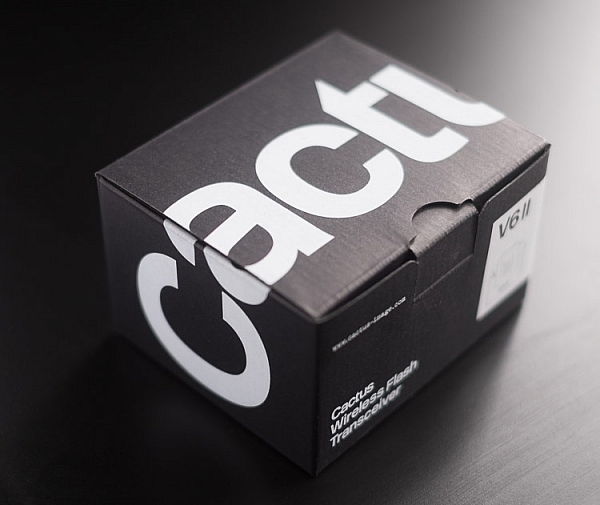

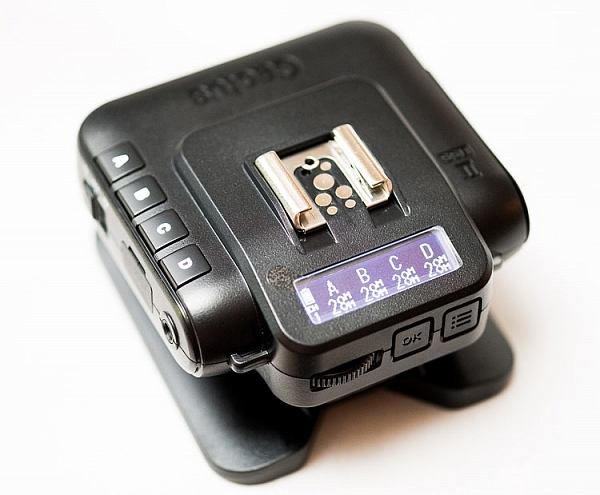







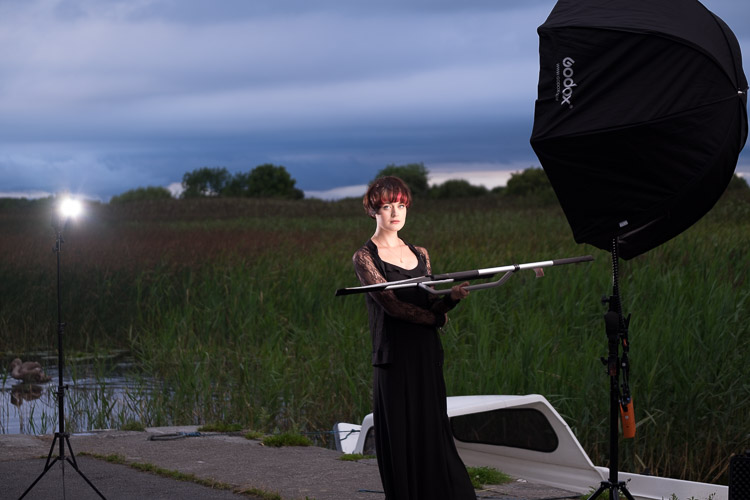

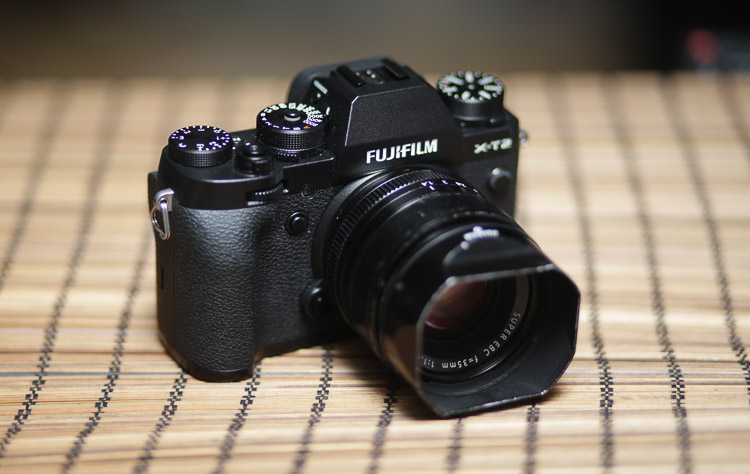
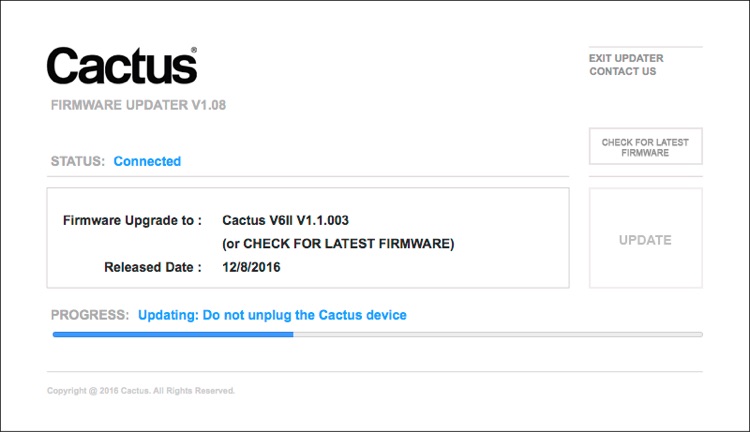


You must be logged in to post a comment.